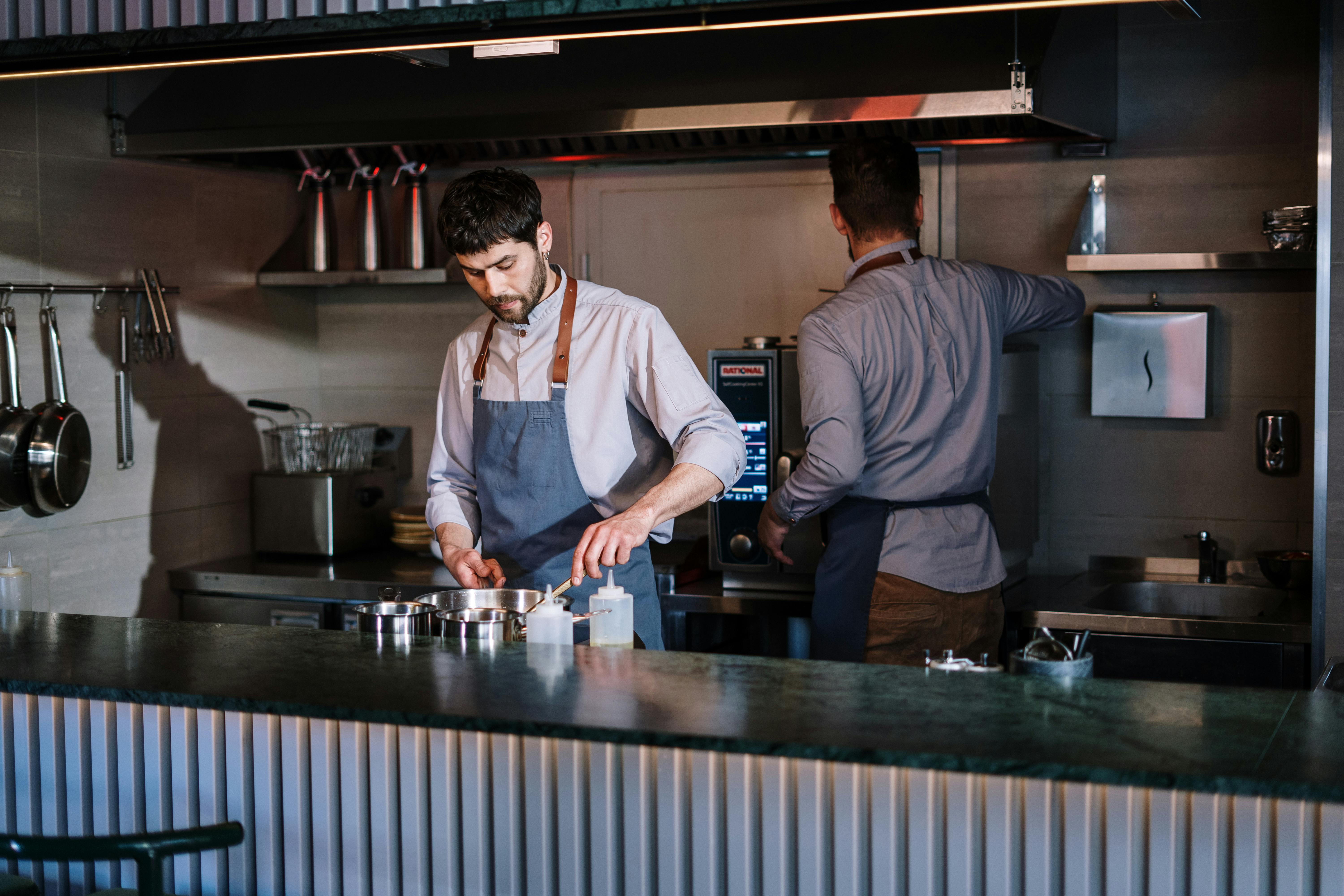Hygiene Standards and Proper Use of In-Place Rinse Solutions
In-place rinse solutions help hospitality teams maintain cleanliness while keeping service fast. This article outlines hygiene expectations, sensible installation choices for sink-mount or countertop units, and practical maintenance tips to support sanitation and efficiency in bars and cafes.

Effective hygiene for beverage service begins with a reliable rinsing step that removes sugars, oils, and other residues before sanitizing or dishwashing. In-place rinse solutions—installed as sink-mount or countertop units—are designed to speed pre-wash and reduce cross-contamination by quickly clearing visible soils from barware and cocktailware. Clear protocols, proper placement, and routine care ensure that rinsers contribute to consistent sanitation outcomes while supporting operational flow during busy service periods.
How does barware design affect sanitation?
Different types of barware demand different rinse attention. Stemware and delicate cocktailware often have narrow openings and fragile stems that require gentle, well-aimed rinse jets to remove residues without causing breakage. Textured shakers and strainers trap oils and sugars more readily, so operators should use a focused pre-rinse followed by visual inspection. Regular removal of damaged or pitted items also reduces microbial harborage and preserves the overall cleanliness of service sets.
Should you choose sink-mount or countertop units?
Selecting between sink-mount and countertop rinse units depends on layout, plumbing access, and workflow needs. Sink-mount models integrate into existing sink cavities and offer direct drainage and a compact footprint; countertop units are easier to retrofit and can be moved for cleaning or rearranged to fit changing service patterns. Consider whether the station requires mobility, how close it must be to the service line, and whether permanent plumbing changes are feasible.
What is the correct rinse procedure for bartending?
A consistent, short rinse cycle removes the bulk of residues before sanitizing. Begin by scraping or wiping excessive solids, position the glass or utensil under the rinser, and use a strong but controlled burst of water to dislodge debris. For sticky films, pre-soaking in warm water or a brief additional rinse may be necessary. Avoid prolonged high-pressure sprays that risk breakage or splashing; the goal is to remove visible soils quickly and reliably prior to sanitation.
How do hospitality and cafe teams adapt rinse routines?
In hospitality and cafe settings, rinse stations are best placed to minimize handling between drink service and washing. Training staff to perform quick visual checks and standardize rinse durations helps maintain speed without sacrificing cleanliness. Labeling rinse and dry storage zones reduces cross-contamination. Smaller cafes often favor countertop rinsers for flexibility, while larger venues may centralize sink-mount systems as part of an integrated back-of-house cleaning workflow.
What are installation, plumbing, and maintenance requirements?
Proper installation should comply with local plumbing codes and include shutoff valves and, where required, backflow prevention. Ensure drainage avoids stagnant pockets and that supply lines provide consistent pressure. Daily maintenance includes flushing jets, clearing strainers, and wiping external surfaces; weekly tasks address scale and biofilm removal with approved cleaners. Periodic inspection of seals, valves, and fittings prevents leaks and preserves efficiency. Professional installation and scheduled service reduce downtime and long-term repair costs.
How do efficiency and sustainability intersect with stainless steel choices?
Choosing durable materials, such as stainless steel housings, improves longevity and simplifies cleaning routines, reducing the need for replacements. Efficient rinser designs use targeted jets and flow regulators to minimize water per rinse while still delivering effective soil removal. Preventing leaks through maintenance conserves water and energy, and selecting corrosion-resistant components supports waste reduction. These measures combine operational efficiency with sustainability goals in hospitality operations.
Consistency and attention to detail make in-place rinse solutions a vital part of sanitation workflows in bars, restaurants, and cafes. By matching the unit type to the venue layout, following proper rinse procedures, and maintaining plumbing and mechanical components, operators can reduce contamination risk, protect glassware, and support reliable, efficient service. Regular training, equipment checks, and material choices like stainless steel contribute to sustained hygiene and operational stability.






